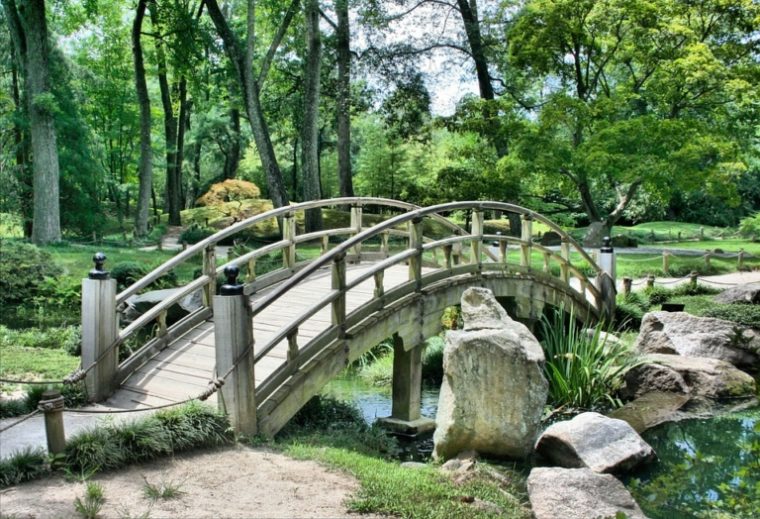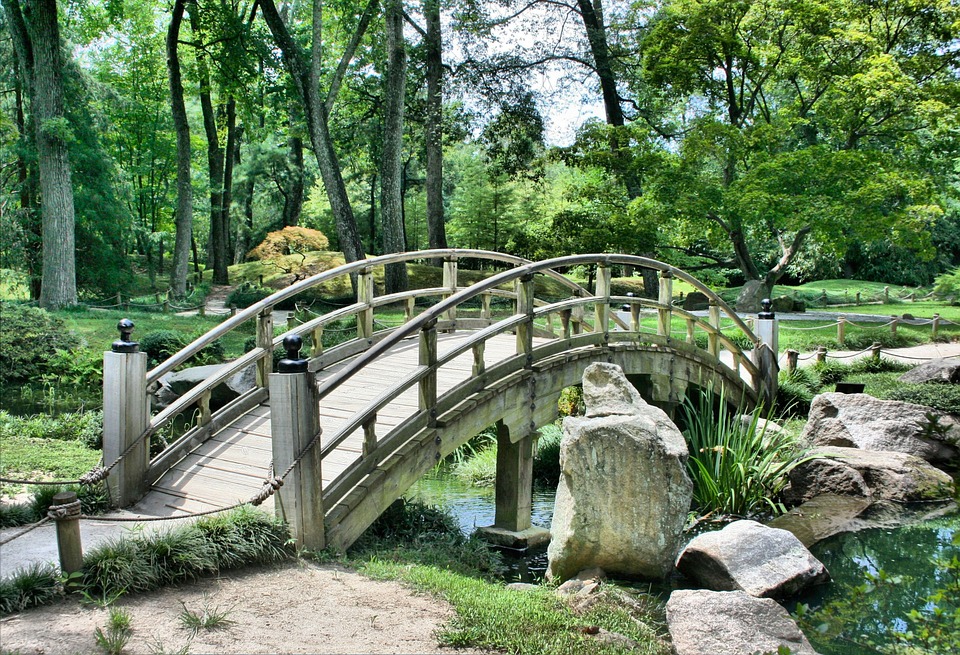
At a time when there is scant funding for roads, bridges, water treatment plants, broadband expansion and airport expansions, there seems to be ample funding for urban renewal in most of the country’s major cities. The reason is understandable…infrastructure projects are large and have usually been funded by the state or federal government. Unfortunately, that’s no longer the case – funding at the state and federal levels of government is no longer adequate or readily available.
 So, many large contracting firms are now focusing on urban projects, which are fairly large in size. Major cities throughout the U.S. are focused on urban redesign to create vibrant communities in downtown areas. Parks, trails, green spaces and community gathering places are all being constructed. Green infrastructure is also a high priority. Engineering design firms, construction contractors, landscaping companies and playground equipment suppliers are in high demand. Cities are also enhancing Wi-Fi access, moving to IoT (Internet of Things) technology and launching renewable energy projects. Funds for these types of projects are coming from various sources and as a result, lots of attention is now focused on what’s happening at the local levels of government.
So, many large contracting firms are now focusing on urban projects, which are fairly large in size. Major cities throughout the U.S. are focused on urban redesign to create vibrant communities in downtown areas. Parks, trails, green spaces and community gathering places are all being constructed. Green infrastructure is also a high priority. Engineering design firms, construction contractors, landscaping companies and playground equipment suppliers are in high demand. Cities are also enhancing Wi-Fi access, moving to IoT (Internet of Things) technology and launching renewable energy projects. Funds for these types of projects are coming from various sources and as a result, lots of attention is now focused on what’s happening at the local levels of government.
Funding for the urban projects is coming from numerous grant programs at the federal level. Foundations and nonprofits are also providing funding. Crowd sourcing provides revenue and bond packages are being approved by voters who see the local needs as critical.
Smaller communities are also launching projects. The Town of Swampscott, Mass., will soon begin work on a project to construct what will be called the Swampscott Rail Trail, a two-mile linear park designed to run throughout the town. Residents recently approved $850,000 for land acquisition and engineering design. Future construction costs will be covered by private donations and grants. Government officials will soon release a solicitation document (RFP) for the project design phase.
Spokane, Washington’s smallest park, Dutch Jakes Park, is scheduled for a big makeover – one that was designed by students from Eastern Washington University. It will be a $450,000 project. The overhaul includes a new pavilion, basketball court, pathways, new lighting and other safety features. Through the redesign, students worked to eliminate crime that often occurs in the poorly lit and ill-furnished park. The city will begin public outreach for the project this fall and the project has a projected completion date of 2019.
In September, the Seattle Park District will begin a bid process for a new urban park. The $1 million Lane City Land bank project will transform 10,010 square feet into a green space equipped with a play area, climbing net, basketball court and bike facility. The area will also feature a garden designed for community participation. Construction is scheduled to begin by the end of 2017 with the project completion date estimated sometime in early 2018.
The city of Philadelphia will launch a $225 million project to develop a riverfront park. The Penn’s Landing project will include 1,500 new housing units, an ice rink, a café and spray pools. The project will also include an eight-acre space that provides access to the river, making the waterfront more accessible. After the planning process is finished, construction is expected to take three years. The city hopes Penn’s Landing will become a major tourist destination. The project is being funded by the city of Philadelphia, the Pennsylvania Department of Transportation and the William Penn Foundation.
The Dallas City Council has announced plans for a potential P3 engagement that will include the planning and building of a new 200-acre park in the downtown area. The decision to move forward with the project comes after decades of gridlock and controversy over what to do with the land. The proposed Trinity Park already has received a $50 million donation to get it started. It will feature walkways, sports fields, open space and trees. Located between Margaret McDermott Bridge and Ron Kirk Bridge, the park will be a connective green space in the heart of Dallas. The City Council has said that the park will be completed by 2021.
Interesting to note that most large contracting opportunities are now coming from local governments rather than from state agencies. A trend that will last? Maybe so, considering the fact that when infrastructure repair actually begins, those large projects will also be launched at the local levels of government.
